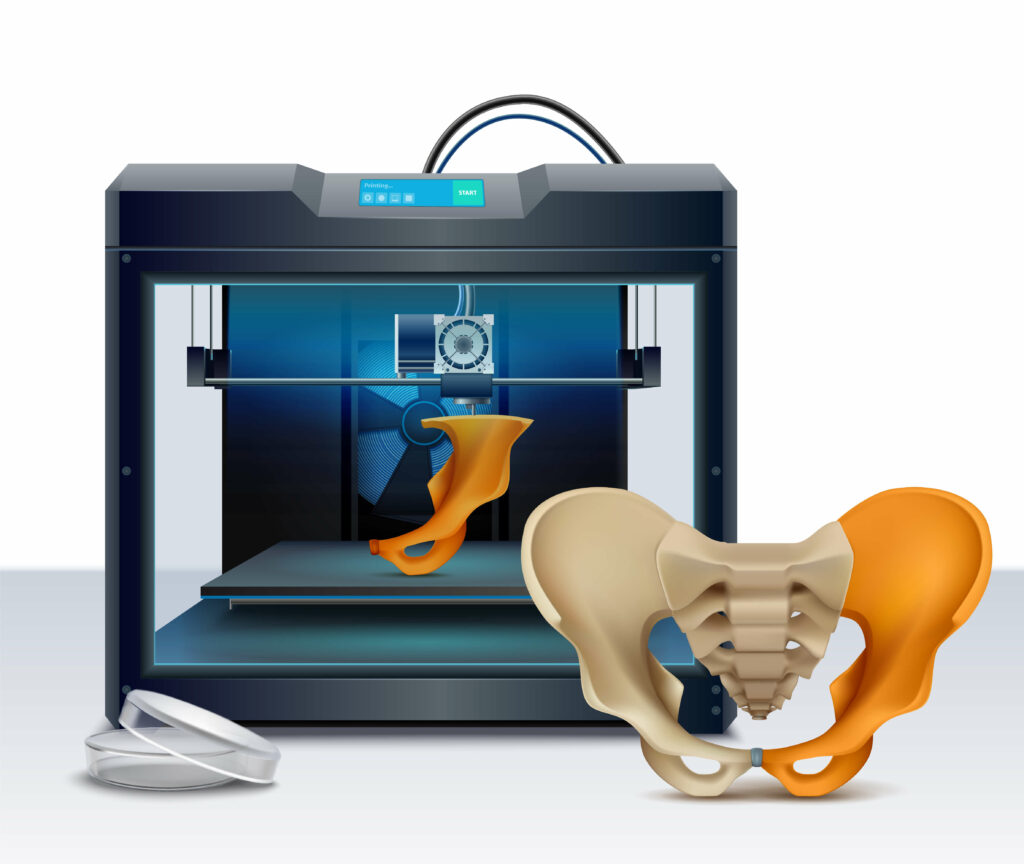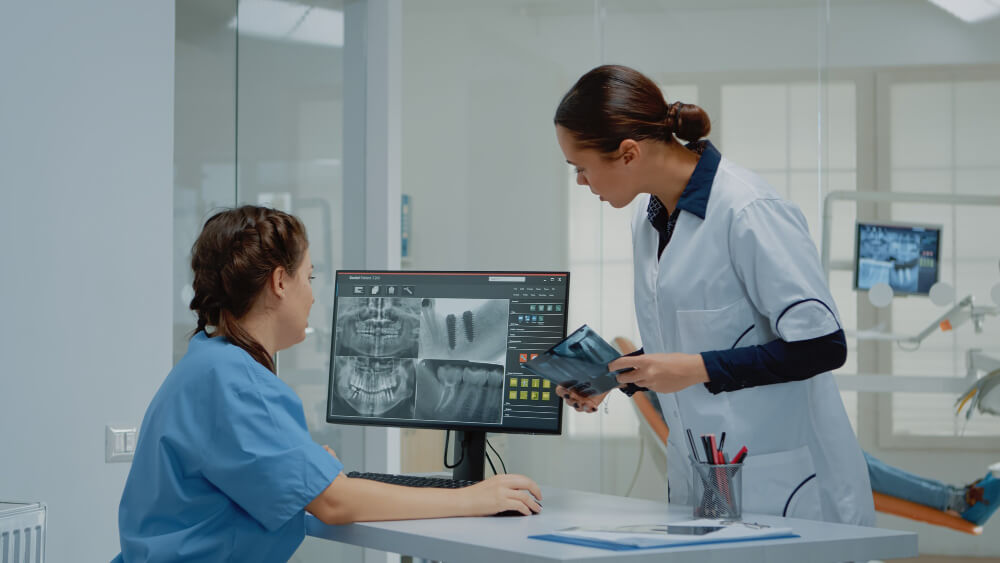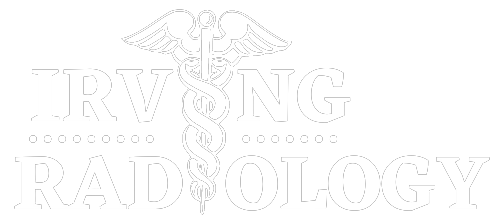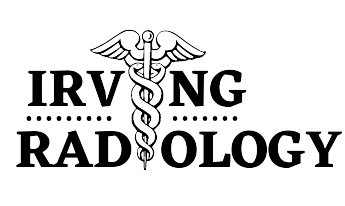In recent years, the utilization of 3D printing technology in the medical profession has been a game changer. Radiology, in particular, has undergone tremendous change as a result of the use of 3D printing. 3D printing is changing the way radiology is conducted, from enhancing diagnostic accuracy to providing patient-specific surgical guidance.
What exactly is 3D printing?
The technique of generating three-dimensional things from a digital model is known as 3D printing. This technology has been available for decades and has swiftly progressed to make it more accessible and inexpensive. 3D printing is used in the medical industry to make models of organs, bones, and other structures for use in surgery planning, education, and research.
The Advantages of 3D Printing in Radiology

- Enhanced Diagnostic Accuracy – Improved diagnostic accuracy is one of the key advantages of 3D printing in radiology. Radiologists can use 3D printing to produce realistic models of patient anatomy to assist them pinpoint the exact position and extent of a problem. This enables more accurate diagnosis and treatment planning, resulting in improved patient outcomes.
- Patient-Specific Surgical Instructions – Patient-specific surgical guides are also created using 3D printing technology. This implies that doctors may plan their surgical approach and prepare for the surgery using 3D-printed replicas of a patient’s anatomy. This degree of accuracy is especially beneficial for difficult procedures when every millimeter matters.
- Operating Time Reduction – It has also been demonstrated that the use of 3D printing in radiology reduces operating time. This is because 3D-printed models offer surgeons a visual depiction of the patient’s anatomy, allowing them to organize their approach more effectively. This can also lead to fewer surgical modifications and a shorter patient recovery time.
- Improving Medical Education – 3D printing is also being used extensively in medical education. 3D-printed replicas of organs, bones, and other structures can help medical students better grasp the anatomy and functioning of these systems. This hands-on learning method is far superior to studying from books or computer simulations.
- Obstacles to 3D Printing Adoption in Radiology – Despite the various advantages of 3D printing in radiology, significant impediments to wider implementation remain. The expense of technology is one of the most significant obstacles. 3D printers may be costly, and printing materials can be costly as well. Furthermore, manufacturing 3D-printed models demands specific training and knowledge, which might be difficult to get. Another issue is the scarcity of 3D printing in many hospitals and clinics. While some bigger universities may have in-house 3D printing capabilities, this technology may be unavailable to many smaller institutes. This can lead to lengthier wait times for patients and less capacity for radiologists to give the best treatment possible.

Conclusion – Finally, 3D printing is changing the practise of radiology in a variety of ways. The advantages of this technology are obvious, ranging from enhanced diagnostic accuracy to decreased operational time. While significant challenges to general adoption remain, 3D printing is poised to become an increasingly essential tool in the field of radiology in the next few years.

